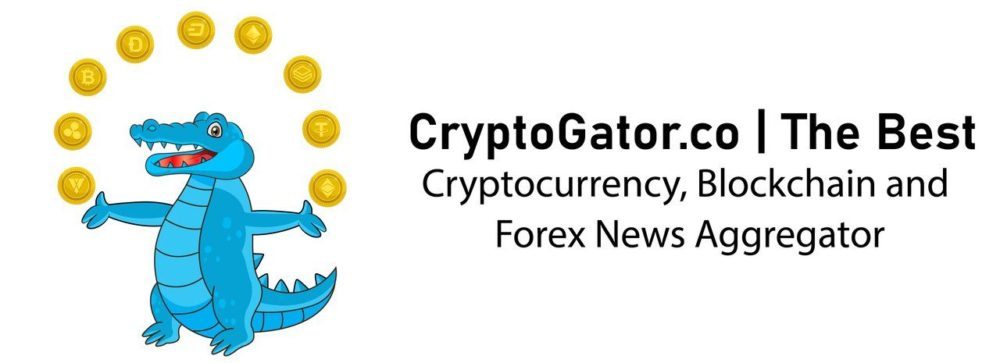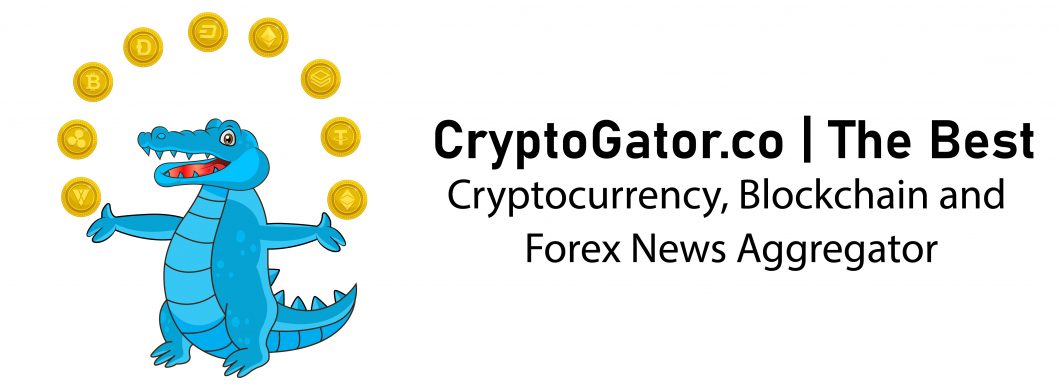Generalized Boosted Pools are now live for integrationsWhen it comes to Automated Market Makers (AMMs), only a small percentage of liquidity deposited into a liquidity pool is actually used to facilitate trades. Most of the time, the daily volume of trade activity is much smaller than the net sum of the pool’s total available liquidity. That deep liquidity contributes to low price impact trading and efficient markets: but the vast majority of those funds are just sitting there, doing nothing.What if there was a way to monetize those idle resources on other protocols?Enter Boosted Pools by Balancer ProtocolLaunched in 2021, Boosted Pools achieve high capital efficiency by storing the majority of their liquidity on external protocols as yield-bearing versions of common tokens. This gives users not only deep liquidity in all pool tokens, but also great flexibility: both in swapping between the common and yield-bearing assets, and in moving funds between composable layers or even different Boosted Pools.Alongside the advantages of high capital efficiency and superfluid, consolidated liquidity, Boosted Pools are geared towards several types of users.SwappersEnable deep liquidity→good swap pricesLiquidity ProvidersDeeper liquidity and increased yieldPool CreatorsSwap fees and liquidity mining incentivesAggregatorsSimplifies the paths for multi-pool operations (can keep everything within Balancer)First Iteration with AaveThe bb-a-USD Boosted Pool is a collection of one Composable Stable Pool that contains the pool tokens of three different Linear Pools, and each of those Linear Pools has an associated stable token: DAI, USDC, and USDT.Balancer launched its first iteration of Boosted Pools with lending protocol Aave. Ordinarily, minting or redeeming yield-bearing tokens involves costly wrapping/unwrapping operations, which must be done on the target protocol. With Boosted Pools, these operations are done behind the scenes by cleverly incentivized arbitrageurs. As a result, such swaps are no more expensive than ordinary trades: and it’s all done on Balancer.Not only that, but since unused liquidity is deposited on Aave, LPs earn a yield from those idle funds, on top of the swap fee revenue, and additionally benefit from any liquidity mining incentives associated with the pool.How Do Boosted Pools Work?Breaking down the yield strategy allocationLinear Pools are a special hidden pool type that you won’t see on the UI. They’re the building blocks of Boosted Pools and the “secret sauce” that makes them work.Recall that the key to capital efficiency is depositing the vast majority of Boosted Pool liquidity outside the protocol, while retaining just enough “cash” to cover daily trading volume. But how much of each token is “enough”?This is defined by a “target range”: lower and upper bounds on the cash balance. In the code and docs, we call the common token (e.g., DAI) the “main” token, and its yield-bearing counterpart (e.g., aDAI) the “wrapped” token. The “cash balance” means the balance of the main token.Say the pool has $100m total liquidity, and the targets are set to $5m and $20m. If the current cash balance is $10m, then the pool is “balanced” and 90% efficient ($90m would be held on Aave).There are no fees when the pool is trading within this target range, often called the “Free Zone.” But what happens when a trade would bring the balance outside the targets? You guessed it: it accrues a fee. And the farther this trade takes the pool outside this range — in either direction — the higher the fee.However, unlike in other pool types, these fees do not accrue to LPs. They simply accumulate — until a trade in the opposite direction rebalances the pool by bringing the cash balance back within the target range. This arbitrage trade not only pays no fees, it “gets paid” the accumulated fees from previous unbalanced trades.This often requires the arbitrageur to pay the gas to wrap or unwrap tokens on the lending protocol, but the rebalancing revenue compensates for this so that the overall transaction is profitable. Incentivized rebalancers do the wrapping and unwrapping so that retail users don’t have to.Bb-a-USD OverviewThe following graphs reflect data milestones in the bb-a-USD PoolBalancer Boosted Pools have been advantageous for Aave. The bb-a-USD Pool (bb-a-USDC, bb-a-USDT, and bb-a-DAI) represents the second largest Pool on Balancer with $140M in TVL at the time of writing. The pool typically deploys between 80 and 85% of its liquidity into AAVE, implying a blended 0.71% yield with current lending rates.Balancer Dune analyticsbb-a-USD TVL Deposited into AaveBalancer Dune analyticsAs LPs continue to search for new ways to increase yield, Boosted Pools offer a unique, risk-averse solution.Bb-a-USD VolumeEnter 1InchFollowing a unanimous proposal vote, demonstrating an appreciation of the potential for this innovation to benefit the aggregator’s community, 1inch integrated Boosted Pools: with immediate and dramatic results.Balancer Dune analyticsFollowing 1inch and 0xProject’s integrations, weekly volume for the bb-a-USD Pool hit an all-time high.Pre-aggregator integration: bb-a-USD volume < $20MPost-aggregator integration: bb-a-USD volume ~$140MIntegrating Boosted Pools unlocked highly efficient TVL for the aggregators, and facilitated access to cheap liquidity from the moment of integration.Balancer Dune analyticsMay 16, 2022: bb-a-USD ATHVolume Grows on L2sICYMI, Balancer’s technology deployed on Layer 2 rollup network Optimism, with Beethoven X on the front end. The launch brought Balancer’s tech to a promising new chain. At the time of writing, Optimism ranked as the third-largest L2, with around 13% Layer 2 market share.Balancer Dune analyticsIn October, 1inch integrated Balancer Boosted Pools on Optimism. Balancer’s technology on Optimism with Beethoven X proved to be an efficient and popular way to trade wstETH.Growing Boosted Pools Use CasesThe number of projects building Balancer’s Boosted Pools technology is growing. They’ve picked up traction through DeFi projects like Aave, expanded to leading L2s like Optimism and Polygon’s Composable Stable Pool bb-am-USD, RocketPool’s rETH/bbaUSD, Lido Finance’s wstETH/bbaUSD, and recently, Overnight Finance took stable yields to a new level by creating a USDC/DAI Pool Boosted Pool on Optimism.Adding Your Yield Bearing Token on BalancerGeneralized boosted pools allow for the integration of yield-bearing markets within Balancer. Boosted pools maintain capital efficiency by depositing unused pool liquidity into yield-generating protocols.Advantages for Partners:DeFi protocols increase liquidity for their tokenLending markets acquire additional depositorsIncrease incentives for LPs with greater returnsHow do I Create a Boosted Pool for My Token?If Your Token is supported on AaveFollow the instructions from the docs for the Aave v2 Factory.If Your Protocol uses ERC-4626…Use the ERC-4626 Factory to deploy your Boosted Pools.Neither?Don’t worry, it’s still possible to integrate with Boosted Pools. You can deploy your own custom LinearPoolFactory.If you want to create your boosted pool or need help with any of our other products visit our documentation, or come say hi to the team on our Discord.Closing ThoughtsBoosted Pools are an innovative building block linking AMMs and Money Markets together while creating better capital efficiency and yield. While the flagship Aave Boosted Pool offers fairly low boosted yields (due to low deposit rates on Aave), projects with higher deposit rates will attract more TVL. As TVL increases in a Boosted Pool, the boosted yield increases, as a higher percentage of the Pool’s assets will be deposited into that project.Website | Twitter | DiscordThis article is for informational and educational purposes only. It should not be construed as investment or trading advice or a solicitation or recommendation to buy, sell, or hold any digital assets. Transactions on the blockchain are speculative. Carefully consider and accept all risks before taking action.Balancer Launches DeFi’s Next Building Block with Generalized Boosted Pools was originally published in Balancer Protocol on Medium, where people are continuing the conversation by highlighting and responding to this story.



